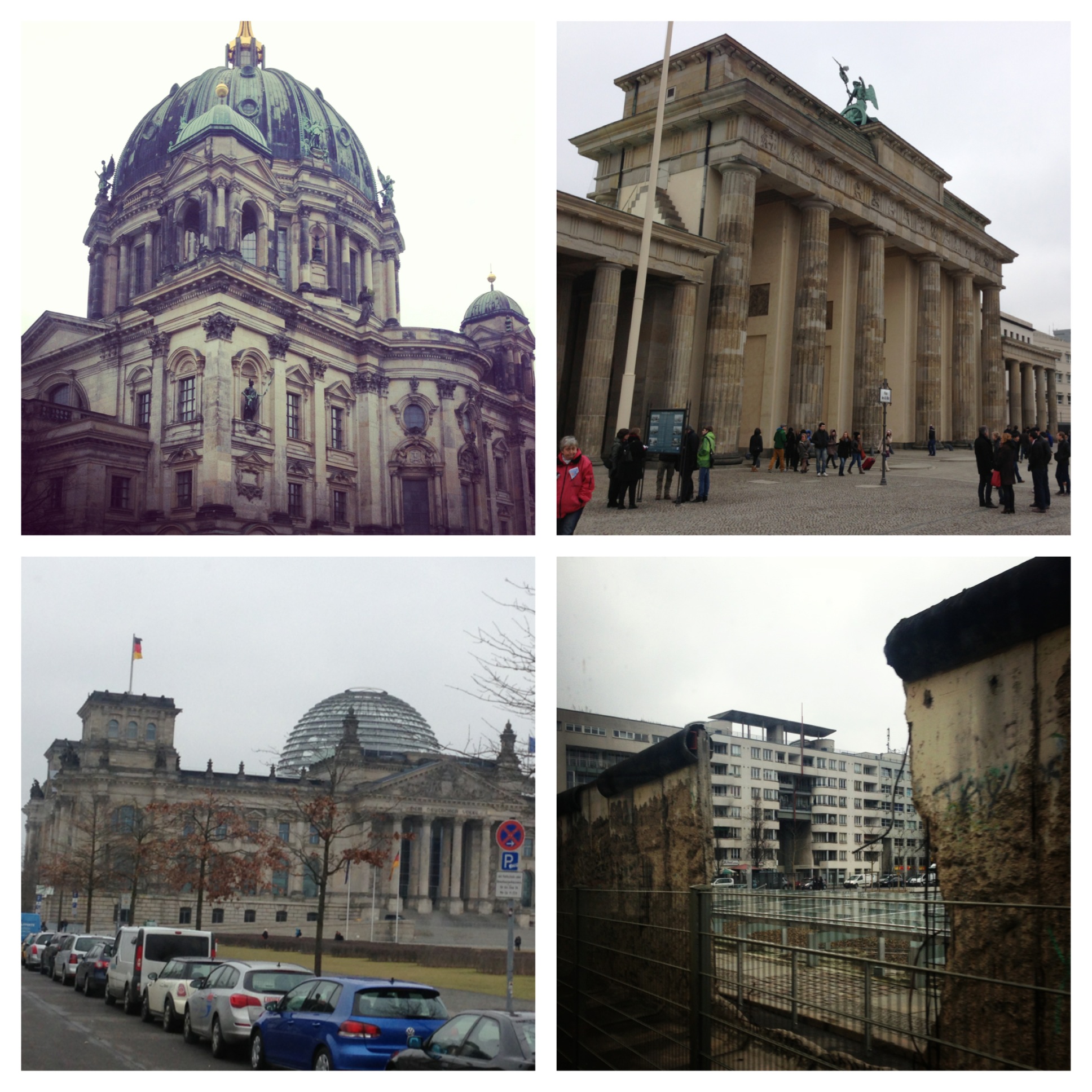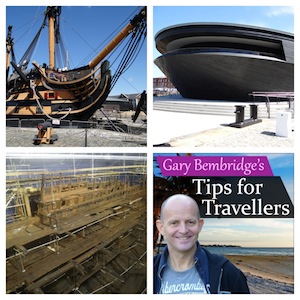Which of the 7 million items at the Natural History Museum London should you make sure you see?
There are 3 large, architecturally stunning and fascinating museums situated close together in South Kensington in London. The V&A (Victoria & Albert), Science Museum and the Natural History Museum. You could easily spend a whole day at each.
In this review I look at the Natural History Museum and tips on what to see if you have limited time, or want to see the absolute “must-see” things there.
Very popular and loved by families and kids.
The Natural History Museum is one of the most beautiful buildings in London, and much photographed.
It has over 70 million specimens as part of their permanent collection. It is also one of the most popular museums especially by families.
Kids, in particular, love the Natural History Museum as it focuses on things they love: dinosaurs, large mammals (like Elephants, Whales and other big animals) and insects and bugs.
It is popular for school trips and the place is filled with the excited chatter of children. This gives the museum a vibrant and up-beat feel. It is quite unlike a museum.
Striking and breathtaking architecture: worth going just for that alone.
The original museum design was put out to competition. The winner died before it could be started, so the new architect (Alfred Waterhouse) changed it and made it even more grand. It was finally opened in 1881.
The building is not only impressive and grand, but also the designers added all sorts of design features and motifs through the building worthy of exploring alone. Some things of note include:
- Grand Hall: There is a massive high grand hall as you enter, with huge sweeping grand staircase at the other end and a large dinosaur skeleton in the centre of the hall. It literally takes your breath away. The various sections of the museum fan off from this hall. The hall can be hired out and so is often used for glitzy corporate events and dinners in the evening.
- Ugly Extension: A fairly ugly modern extension was built on to the original building, though that is not noticed from inside.
- The Unique Cocoon: This is another extension that is remarkable. A 7 storey high cocoon shaped structure that houses most of the insect collection.
More than a museum: Fashion Week and a Winter Wonderland too
Winter Ice Rink: Every Christmas season an outdoor ice rink is set up in the grounds. Alongside a large temporary building is also built which houses changing areas below, and a cafe on the 1st Floor. It is a very popular magnet and you need to book a day and time. There is also a small Christmas Market set up nearby. Other attractions around the city have also started to set up ice-rinks, but this remains the original and most popular.
Fashion Week: During London Fashion Week, a large canopy is set up on the grounds to house the various fashion shows.
What are the “must-see” areas?
The museum is easy to find your way around, although you can buy a map for £1 donation, or there is a bigger and more detailed guide for a few pounds, and a special Child Guide/ workbook available to buy.
But you can find your way about with ease.
There are 5 colour coded sections, they radiate off the main hall. This is the order I would recommend you see them in, so if you run short on time you have been, in my view the best attractions:
- CENTRAL HALL. This is as you enter the museum. Amazing ceiling. In the centre is “Dippy” a large dinosaur model, and around the side some very prized fossils (which are large!). Stunning.
- BLUE ZONE: A must see and most popular area. This includes:
- Dinosaurs. This is the most popular area, socially with kids. A huge area, dark and atmospheric. You climb up a ramp and view dinosaur models from above, pass an animatronic T-rex (that is so good scares smaller kids as quite frightening sight) and then pass back through actual fossils, and various exhibits telling the story of dinosaurs.
- Human Biology. You see human skeletons.
- Mammals. A large hall with a massive whale model on the ceiling and every conceivable animal around the area. This is a great exhibit.
- ORANGE ZONE. Home of the Darwin Centre And The Cocoon.This is also a must-so.
- Just down the hall from Dinosaurs, you go up a lift 7 storey high and enter the Cocoon. You then walk down a ramp that winds down the inside, stopping at various interactive booths and exhibits. You can also look in on curators doing their day to day work.
- You collect a small card with a barcode at the start, and along the way you scan it to collect images of things that caught your interest. You can then go online at home and look at them. There are some great interactive things to do. The building is also amazing.
- RED ZONE. The Earth
- I really like this area, though more visitors seem to go the Green Zone. This area explores how the Earth works and what is influencing how it is changing. So topical, but also interesting. It is also a very funky and designed area.
- GREEN ZONE. Birds, Creeply Crawlies, Primates and more.Not surprisingly this is popuar with the kids as lots of things to capture their attention and passion. You also get to see fossils and cross section of a giant sequoia tree.
The video tour I have made of the museum, below, includes all of the above areas in some detail, but not of all of the Green Zone.
What if you get thirsty, hungry and want to buy something? There are a lot of options for eating and drinking and shopping:
- A Cafe off the main hall, with great cakes and sandwiches,
- A Restaurant (with great decor) in the Green Zone which sells things like hamburgers
- A small cafe just before the let up the Cocoon.
- There is a really large shop with huge amounts of merchandise, toys and books. It is really massive! Plus a few smaller shops dotted about.
Summary
The museum is beautiful. If visiting London you should at least see it. If you are travelling with children they will love this museum. It is very geared towards educating and engaging. A museum I only visit very occasionally as a resident of the city.
Watch my video tour of the Museum (6 minutes)
 |
| Natural History Museum London: Stunning Building |
 |
|||
Natural History Museum London: Dinosaur Hall
|









